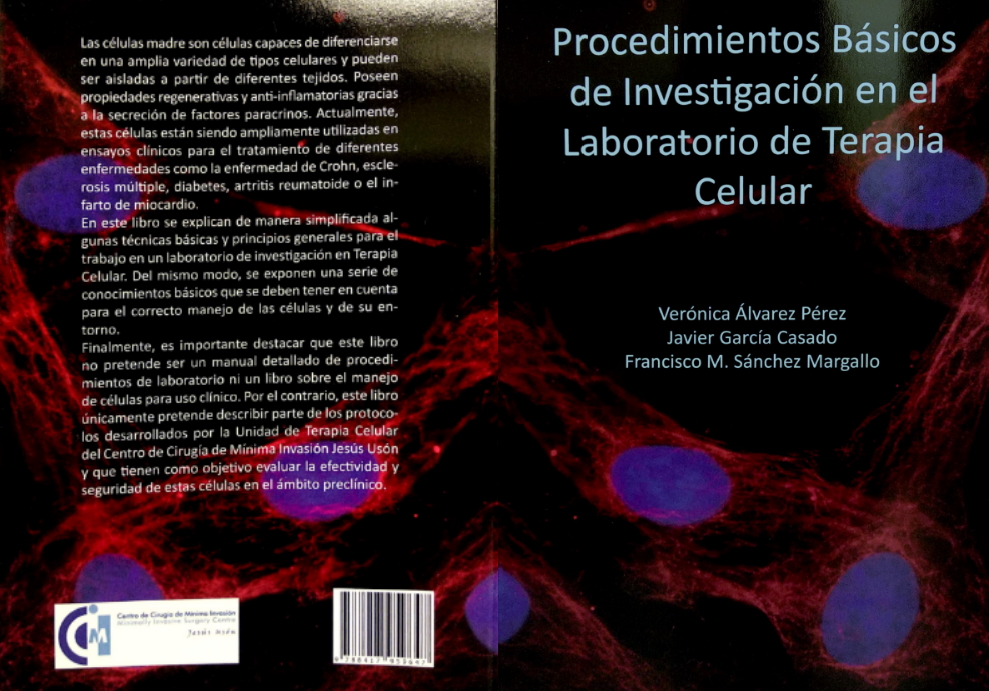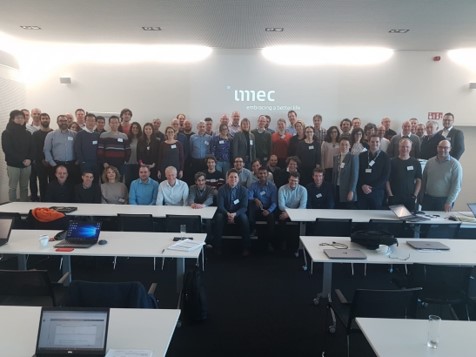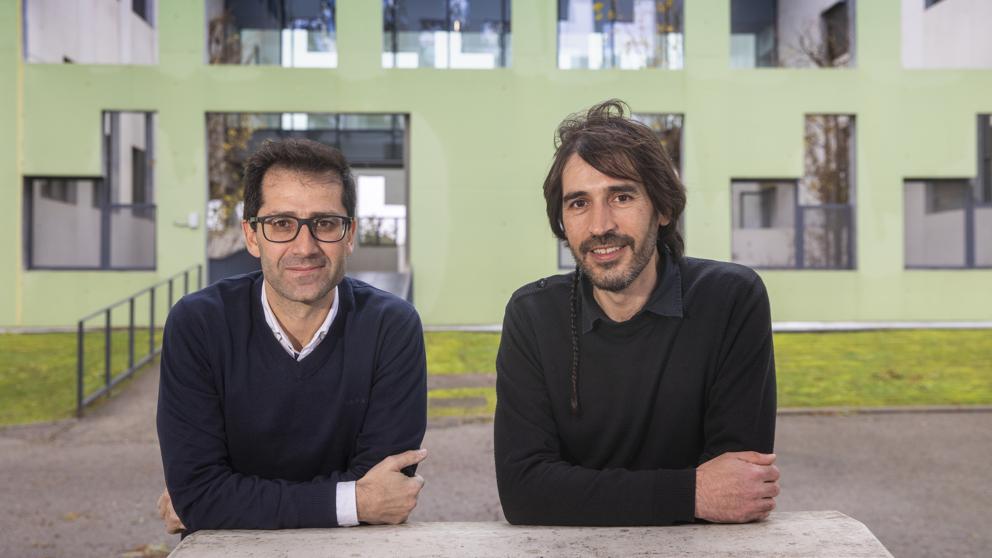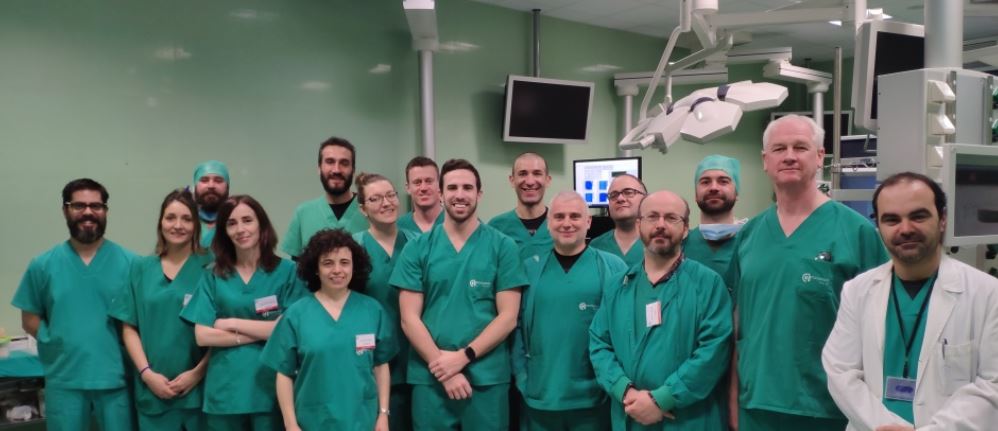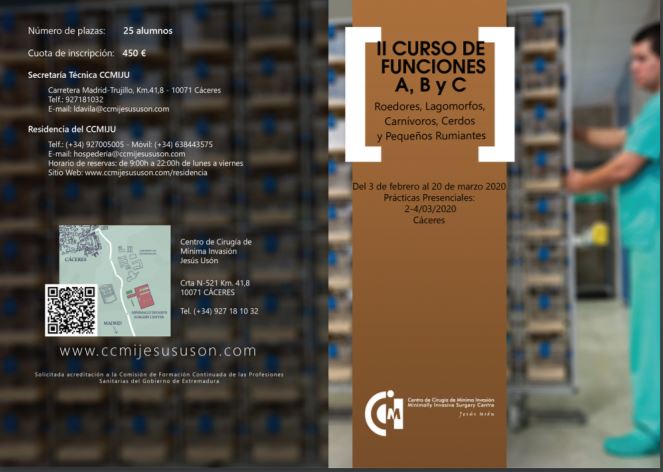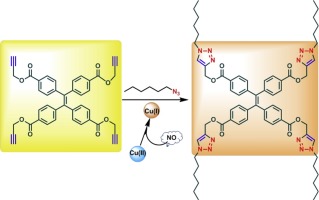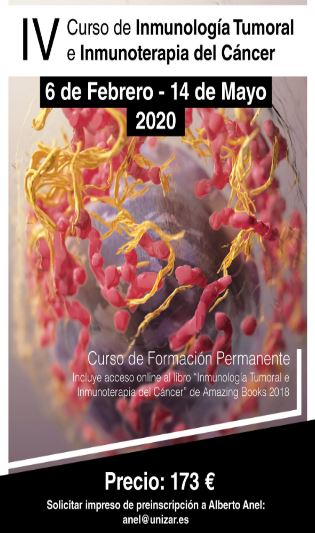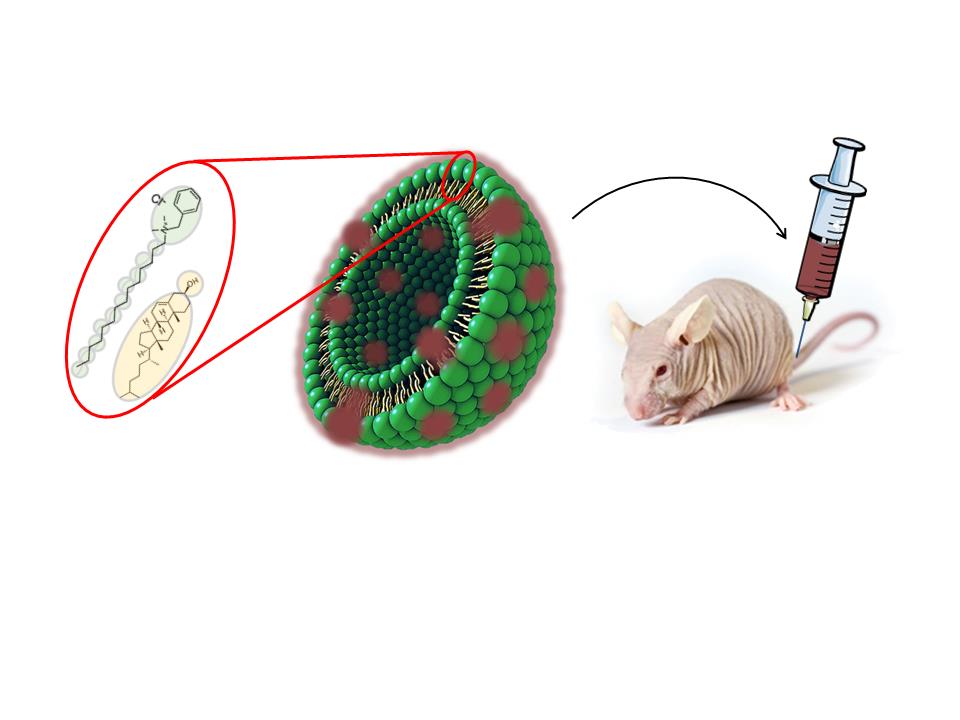EUROAGE: to improve people’s quality of life and increase healthy life expectancy
The Center for Minimally Invasive Surgery (JUMISC), partner of NANBIOSIS, as the main beneficiary of the Spain-Portugal EUROAGE cross-border cooperation project that promotes active aging in the region, has presented its results and its impact on society, within the Spanish-speaking meeting ‘ Forum of Iberian Stories. 30 years of the INTERREG Spain-Portugal Cross-Border Cooperation Program (POCTEP) ’.
Specifically, the event has been organized by the agencies EFE and LUSA, and took place this past Wednesday at the headquarters of the Spanish agency in Madrid, with the support of the Directorate General for Regional Policy (DGRegio) of the European Commission.
Its objective has been to address the main achievements of the program and the new challenges demanded by the future of both territories. EUROAGE, belonging to the Cooperation Area 4 (Extremadura-Centro-Alentejo), is focused on promoting healthy autonomous life, mainly for the elderly, but also for dependent people, through the promotion of innovative initiatives based on technologies and knowledge developed by the R&D agents.
In turn, the European project promotes active aging through physical, cognitive and socio-emotional activity, with the main objective of improving people’s quality of life and increasing healthy life expectancy, at the same time that will affect the reduction of expenses, in the optimization of resources in public health systems and in the modernization of the business fabric of the sector.
Although the main beneficiary of the European project is the Jesús Usón Minimally Invasive Surgery Center, other institutions also participate, such as the Castelo Branco Polytechnic Institute, the University of Coimbra, the Extremadura Social Cluster, the University of Extremadura and the Polytechnic Institute Give Guardian
EUROAGE includes the development of materials for health literacy, applications for the improvement of physical and cognitive well-being and an integrated system for the promotion of active aging, as well as different social and welfare robots.
Source of information: Región Digital










